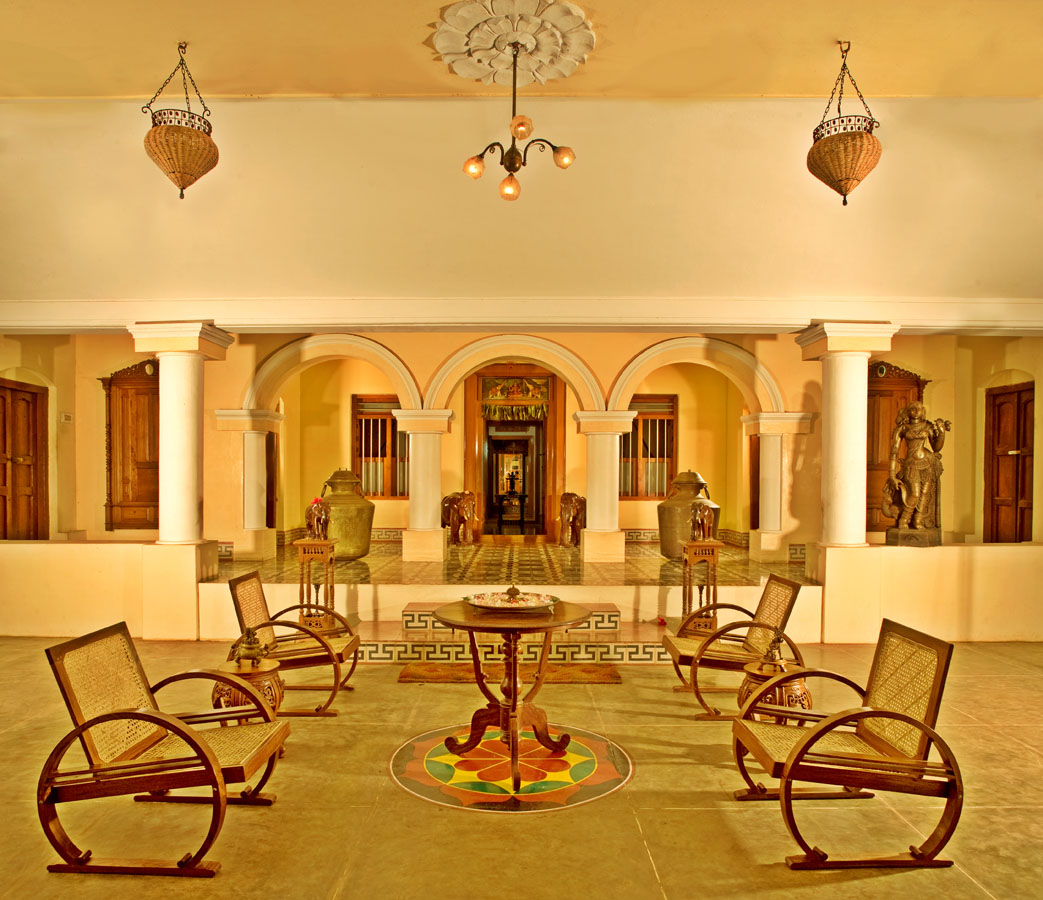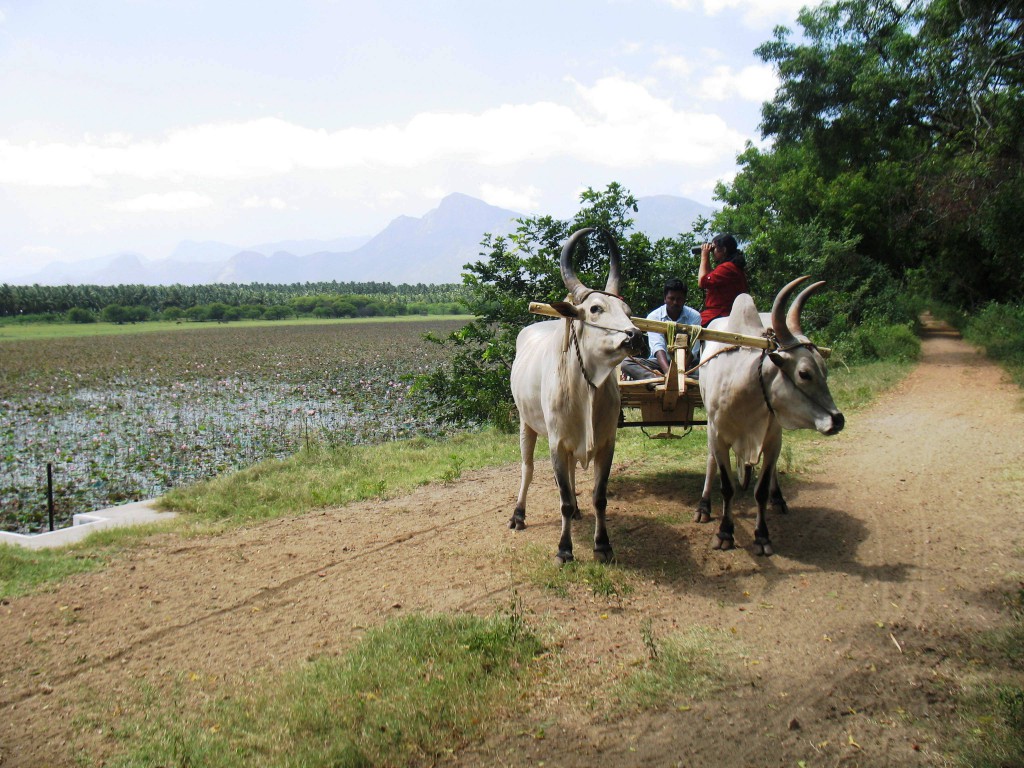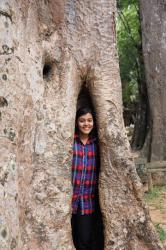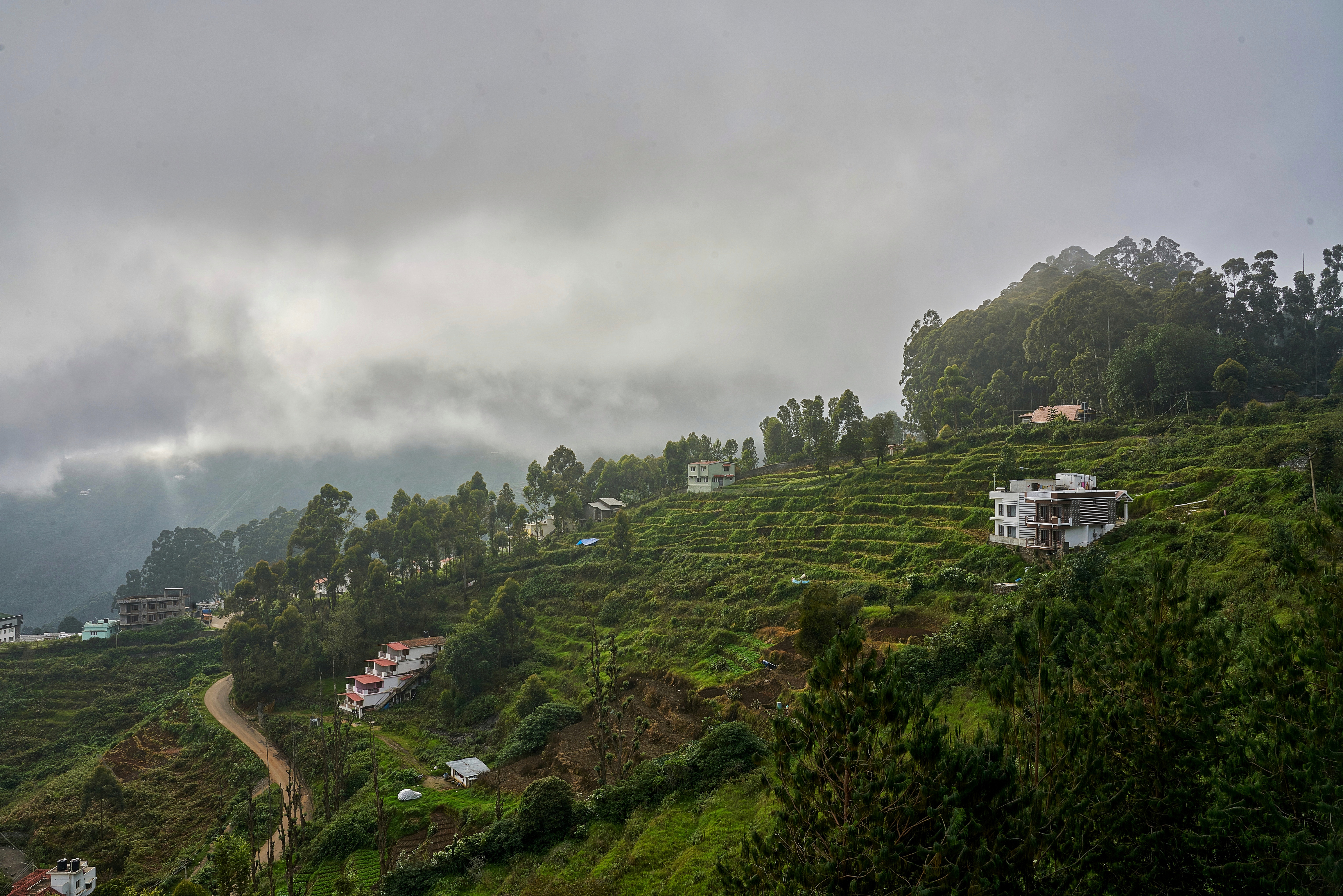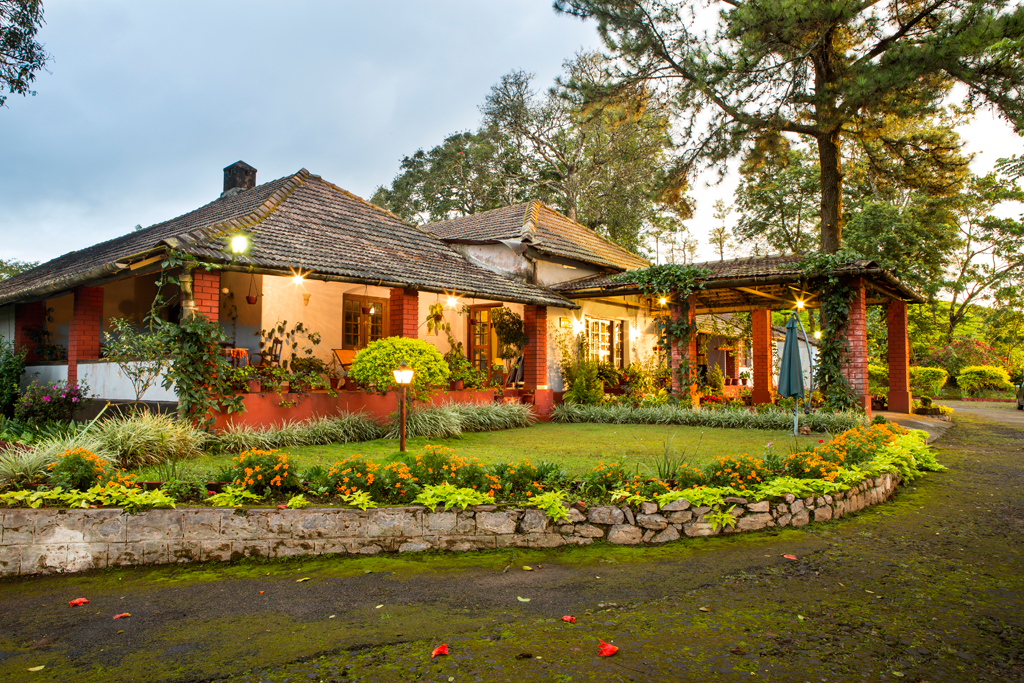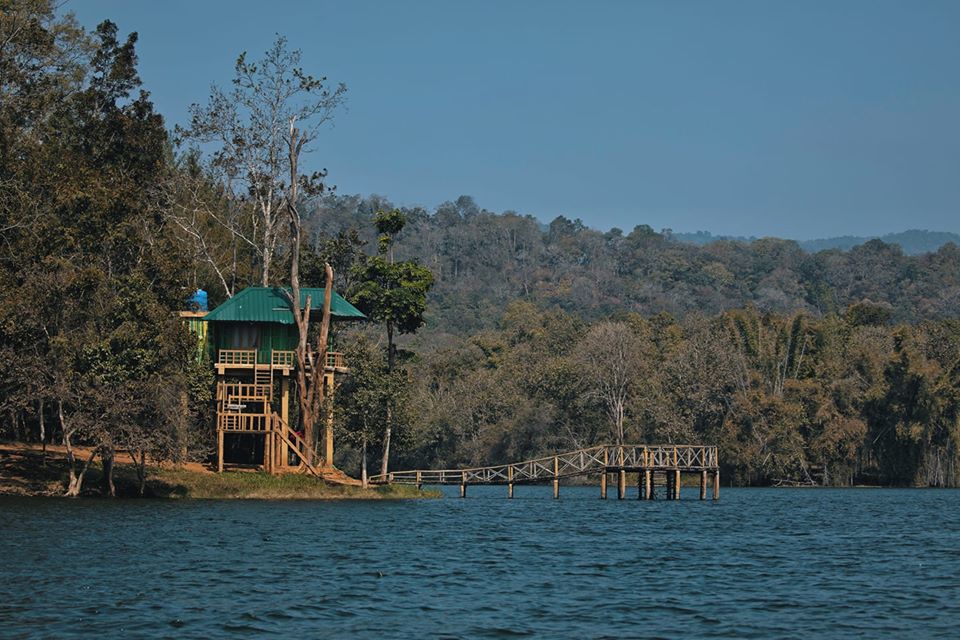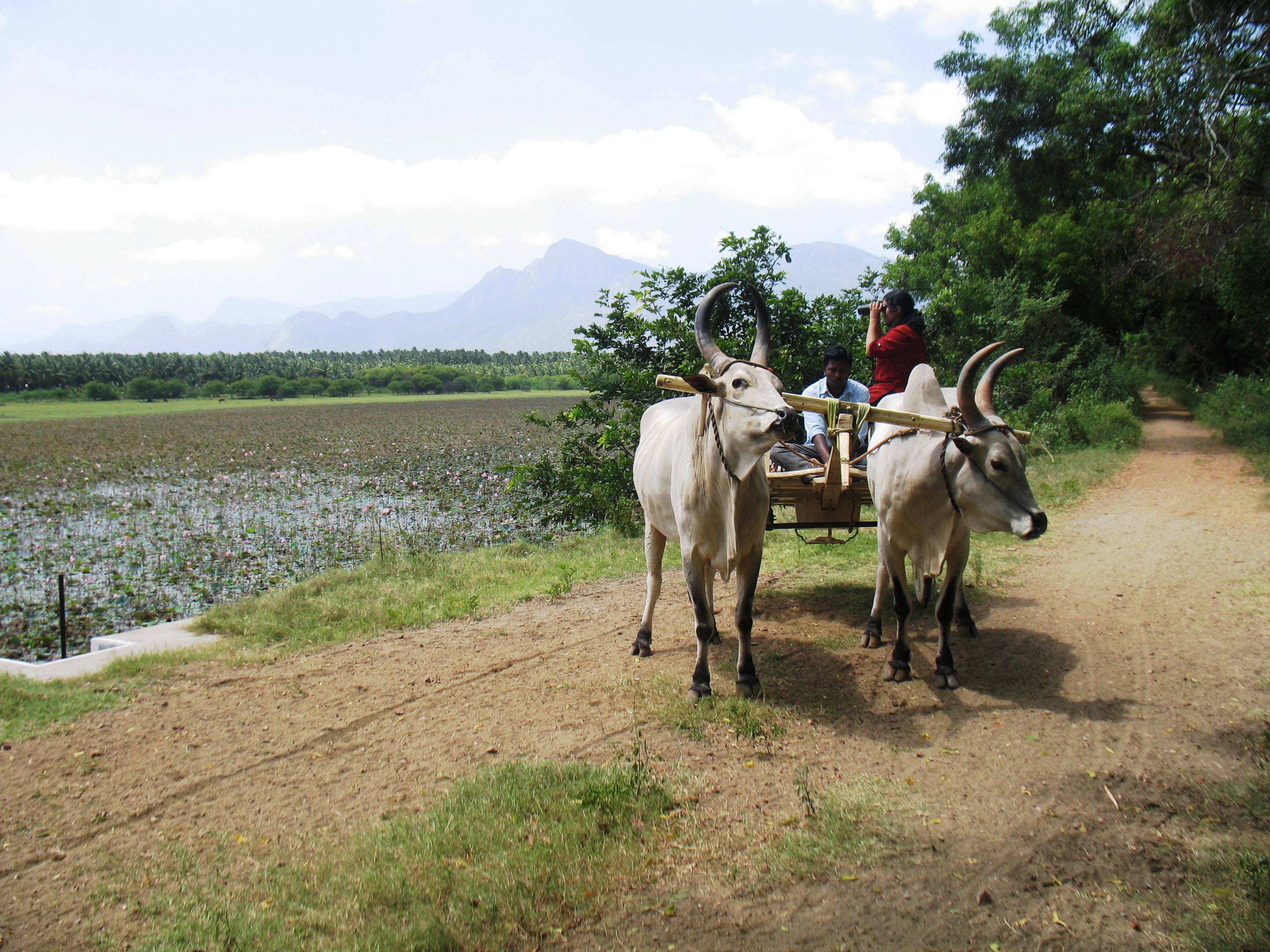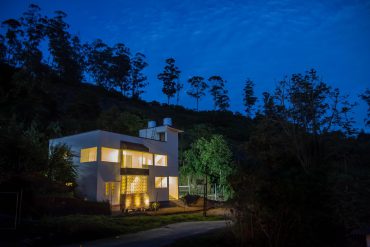“I see it! I see it!”, I whispered excitedly, trying not to lose my balance as I squinted through binoculars, while standing on a bullock cart.
Even as I write this sentence, I am amused – I never thought I would be riding bullock carts in search of exotic water birds. I was trying to spot a wader among a large lake of lotuses, while trying to ignore my suspicion that the bovines would suddenly lose patience and break into a trot.

I was visiting Shenbaga Vilaasam, a heritage bungalow built in the 1900s in Pollachi, India. Situated in the laid-back Samathur village, it gave off a distinct Malgudi Days vibe. The house was done up in homely-brown wood, antiques that must have been passed down through generations, and greying photographs that one could imagine springing to life. It was late evening when I reached the bungalow the previous day, having been unable to tear myself away from an impromptu birding expedition. I was greeted with a large cold glass of coconut water, a salve for the dormant senses.

My room displayed a large Tanjore painting, and two hanging lamps of ethereal blue. A vase of gigantic peacock feathers stood in a corner, giving it a sort of queenly charm. I opened the bathroom door and to my surprise, it was fairly big and even featured a shiny brass chembu.
Dinner was a sinful spread. I took an instant liking to our host – the quiet, smiling Shiva. Ragi dosas, semolina and rava upma were served along with three different kinds of chutneys. Chappathi and channa formed the next course. Just when I thought I could eat no more, Shiva brought out the day’s special – paniharam, a local dish made with black lentils and rice. I weakly said, “Just one”, after which I made no attempt to protest to the dessert, javvarisi payasam (a porridge made from sago).
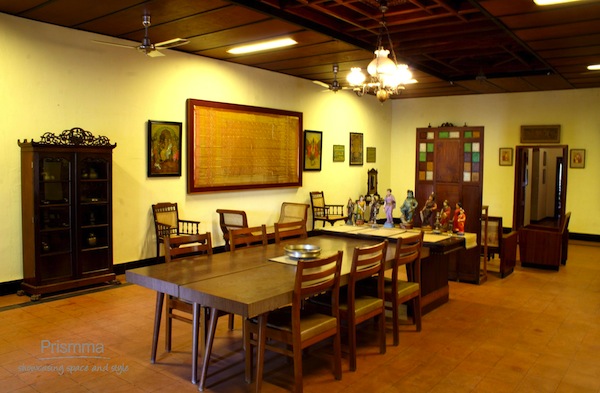
With our plates and hearts full, we sat on the front porch, talking till the conversation faded into the night’s silence, only broken by cicadas. I retreated to my room, where I curled up into a blissful sleep.

The next morning, I woke up, almost predictably, to a rooster’s call. I walked into the hall, where the morning light streamed into the thottikattu (a central courtyard). Scattered rays of sunlight shone on the brass antiques, giving the whole interior a warm golden look.

I noticed that there were plenty of courtyards and verandahs that surrounded the bungalow, letting plenty of light and air in. In the daylight, I got a clearer look at the beautiful Athangudi tiles that covered the floor. Intricately carved teak almirahs decorated the walls and richly painted dolls of gods were neatly arranged in the main hall. Members of the erstwhile royal family, framed in gilt, gave you a peek into the life of Vanavarayaars, who ruled Zamin Samathur for over 700 years.

Samathur, which was their royal seat, adopted the Zamindari system under the British rule. Shenbaga Vilasam was built by Srimathi Maruthapushpambal, a lady who wanted a peaceful getaway from the hullaballoo of the town. Surely, she must have been a woman of appreciable resolve and elegant taste. The bungalow is still being managed by the same family – Shankar Vanavarayaar opened the doors of his ancestral home to the public in 2007.

I walked out to the courtyard, where Pravin, my naturalist for the day from The Papyrus Itineraries, stood ready with a grin. We took a leisurely stroll around the farm. Against a backdrop of mountains, a flock of geese marched in the fields. Coconut trees, the main crop of the farm, were everywhere. Paddy and betelnut were also cultivated. Two large lakes provided water to the farm and its inhabitants. We walked back to the bungalow for breakfast. Multiple servings – idlis, aapams and upma, were cooked to perfection by Mani. I was careful not to over-eat, in case the upcoming bullock-cart ride was going to rock my insides.

The cart was ready for us, and I got on gingerly and sat myself down opposite Lingesh on the wooden plank. The muddy path, flanked on either side by trees wound its way round the ponds, which were covered in lotuses and lilies.
We stopped periodically to take a closer look at birds that only Lingesh’s keen and trained eye would spot. I could only see a mass of lotus leaves, a few blooming pinks and enmeshed stems with my seemingly incompetent eye. Among cormorants, teals, water herons and egrets, we spotted a darter, which graced us with its flight and a delicate pheasant-tailed jacana. As we turned back, I scanned the trees, which displayed searching kites and concealed shy coucals. Some of the trees looked like an easy climb, and I readily obliged, until I noticed the several weaver ants’ nests on their branches. I also found that the entrance to the bungalow was flanked by the shenbaga (Magnolia champaca) trees, whose flowers were a soft yellow, much like the aura of the bungalow itself.

As I got off the cart, I took a book in hand, curled up against a pillar and stretched my feet out. Here, in Shenbaga Vilaasam, time pampered me. It slowed down enough to just let me be. As I revelled in this new-found freedom, a peacock’s clear call rose from the fields and filled the afternoon air.
For bookings:
Ph: +(91) 91235 55031 | +(91) 83443 30416
Write to: info@thepapyrusitineraries.in

